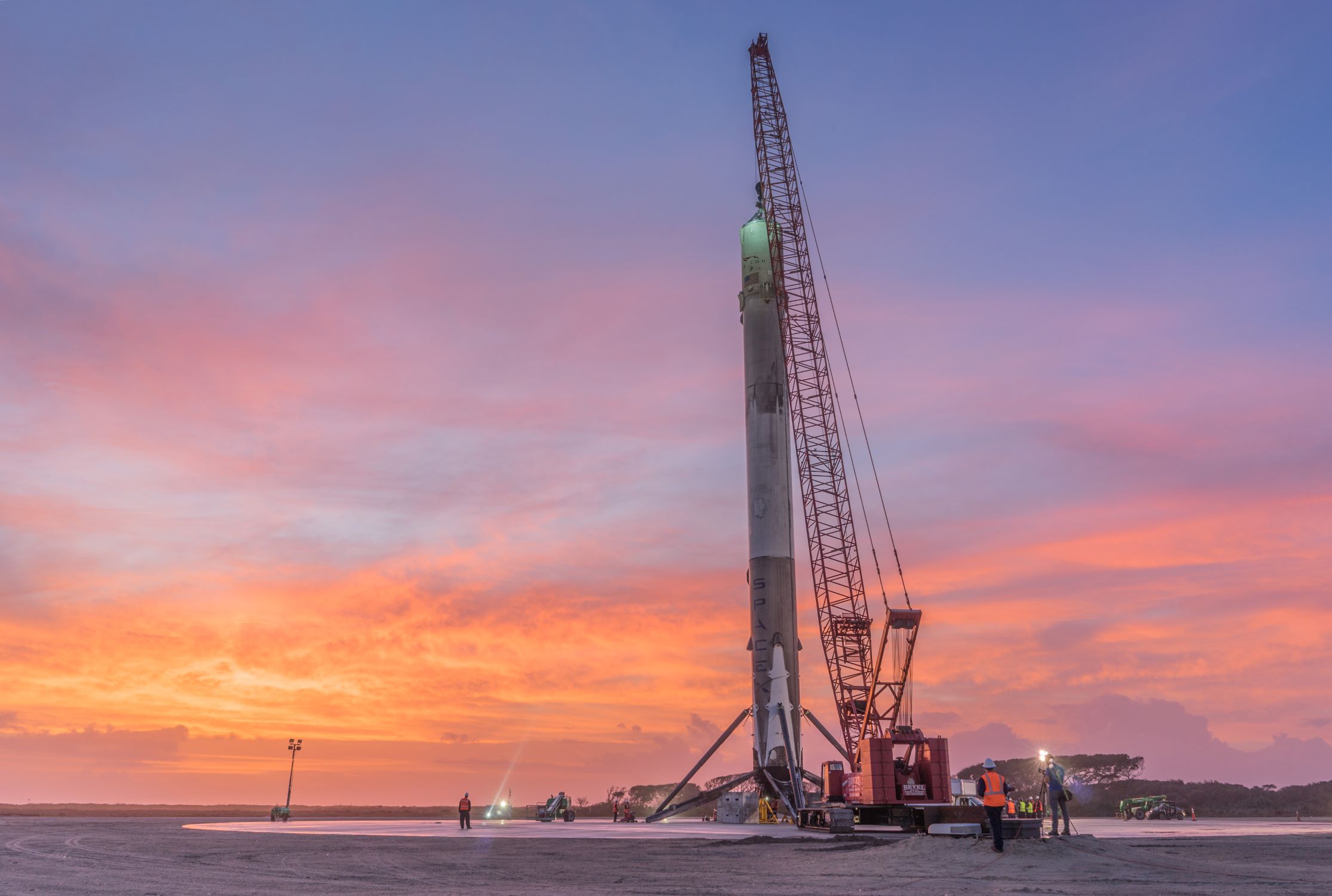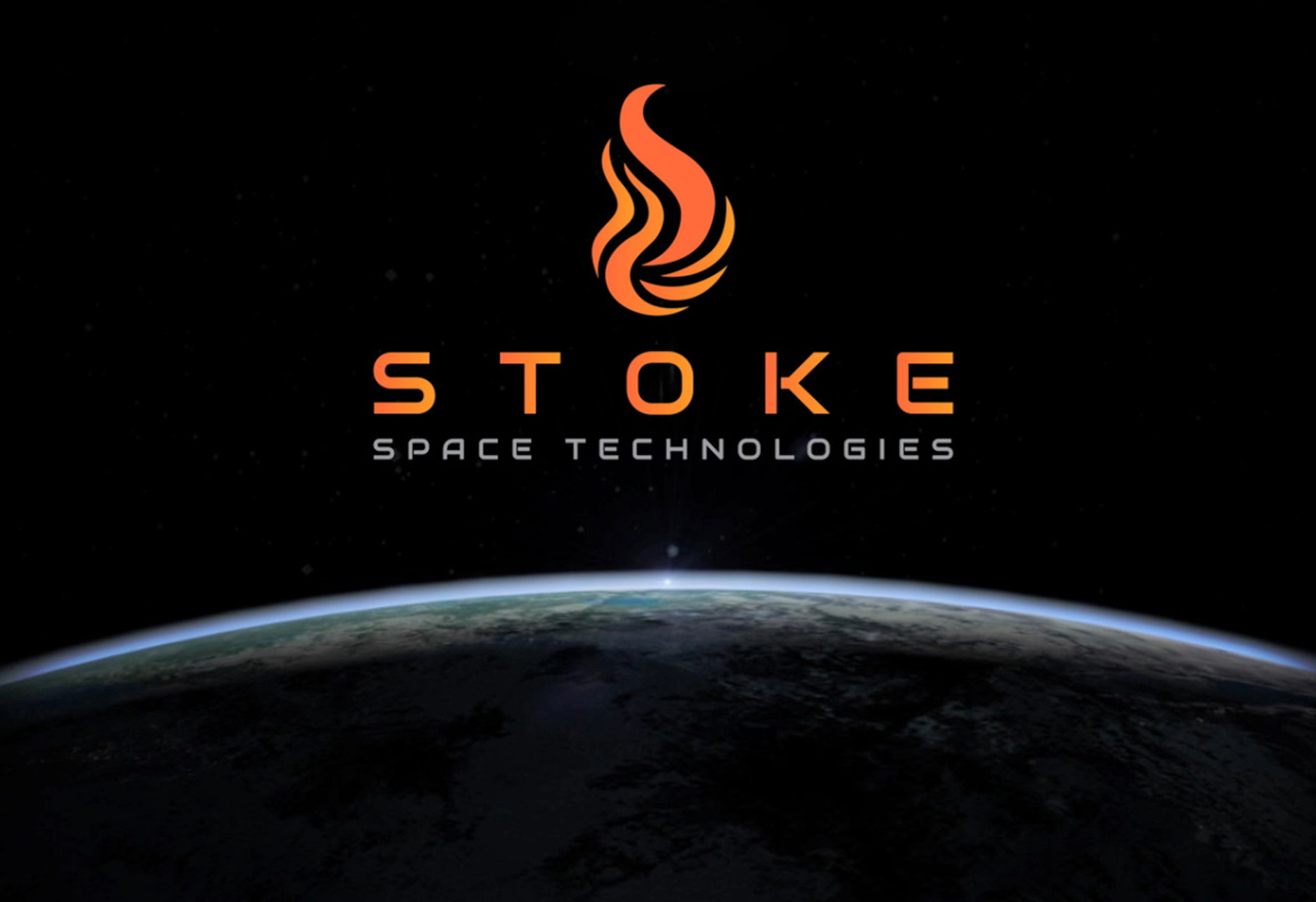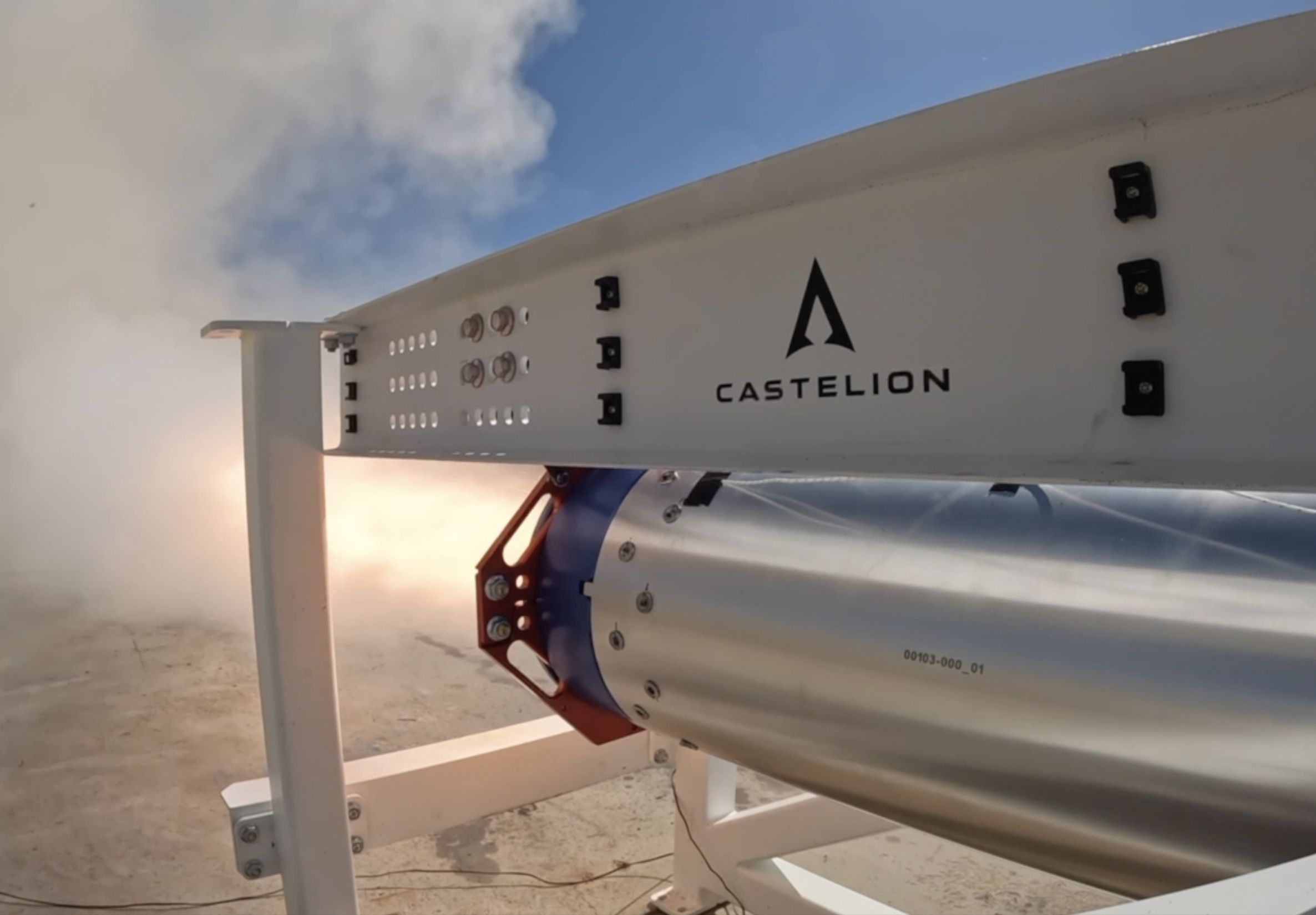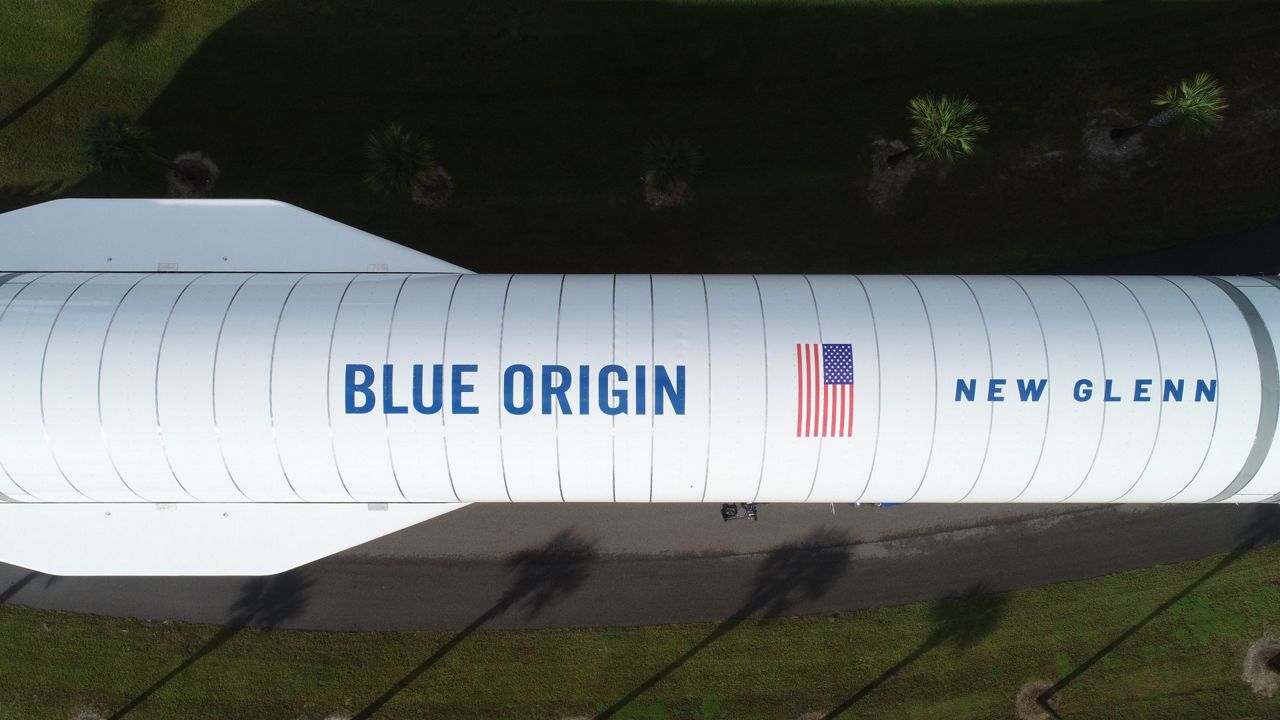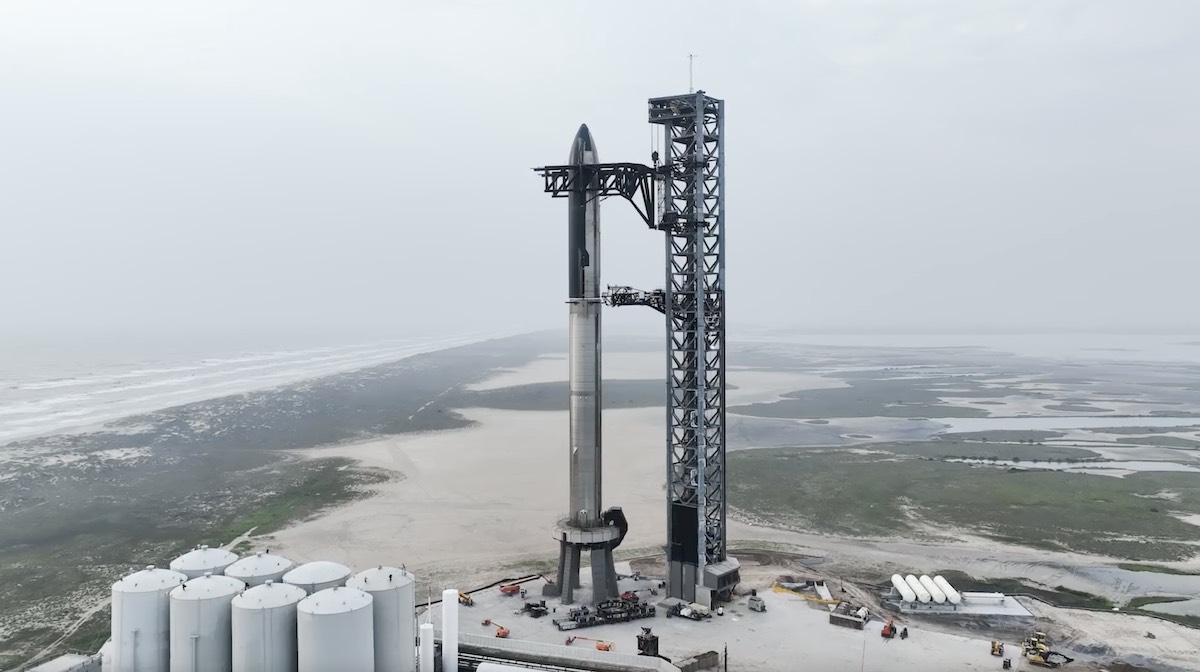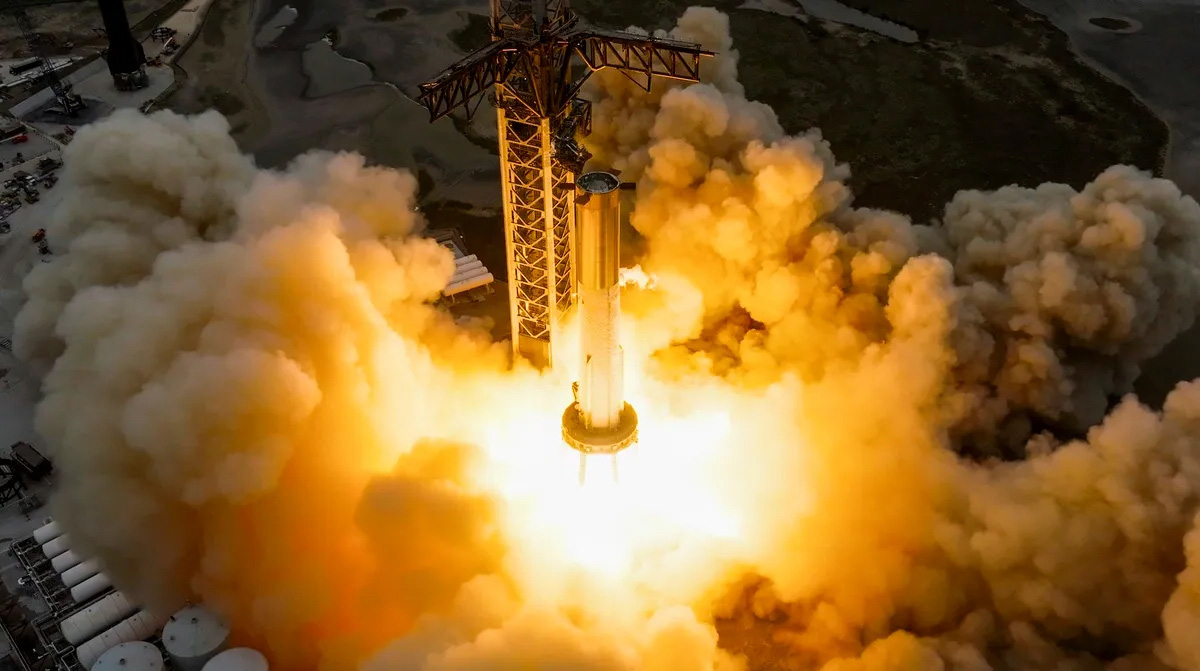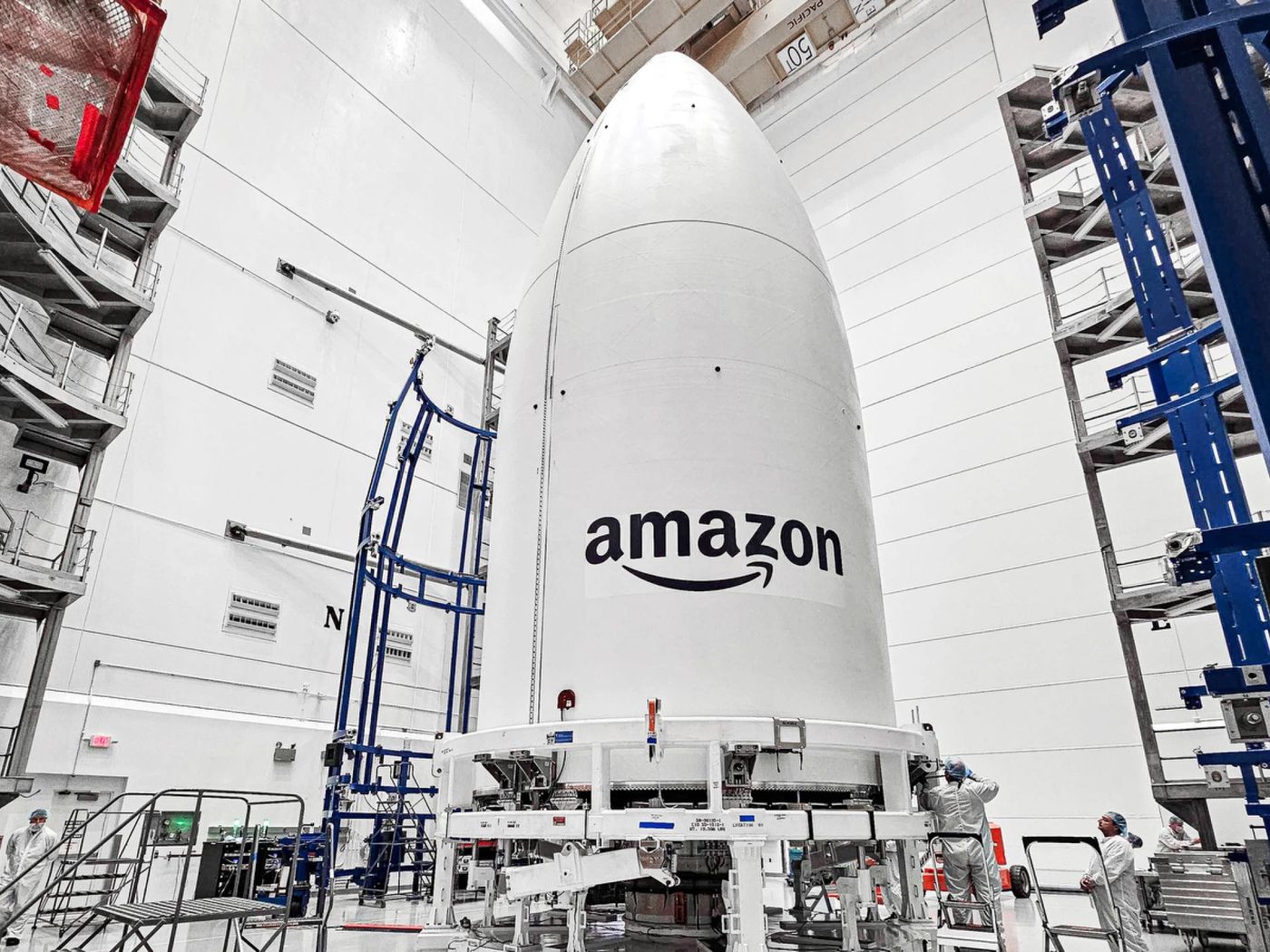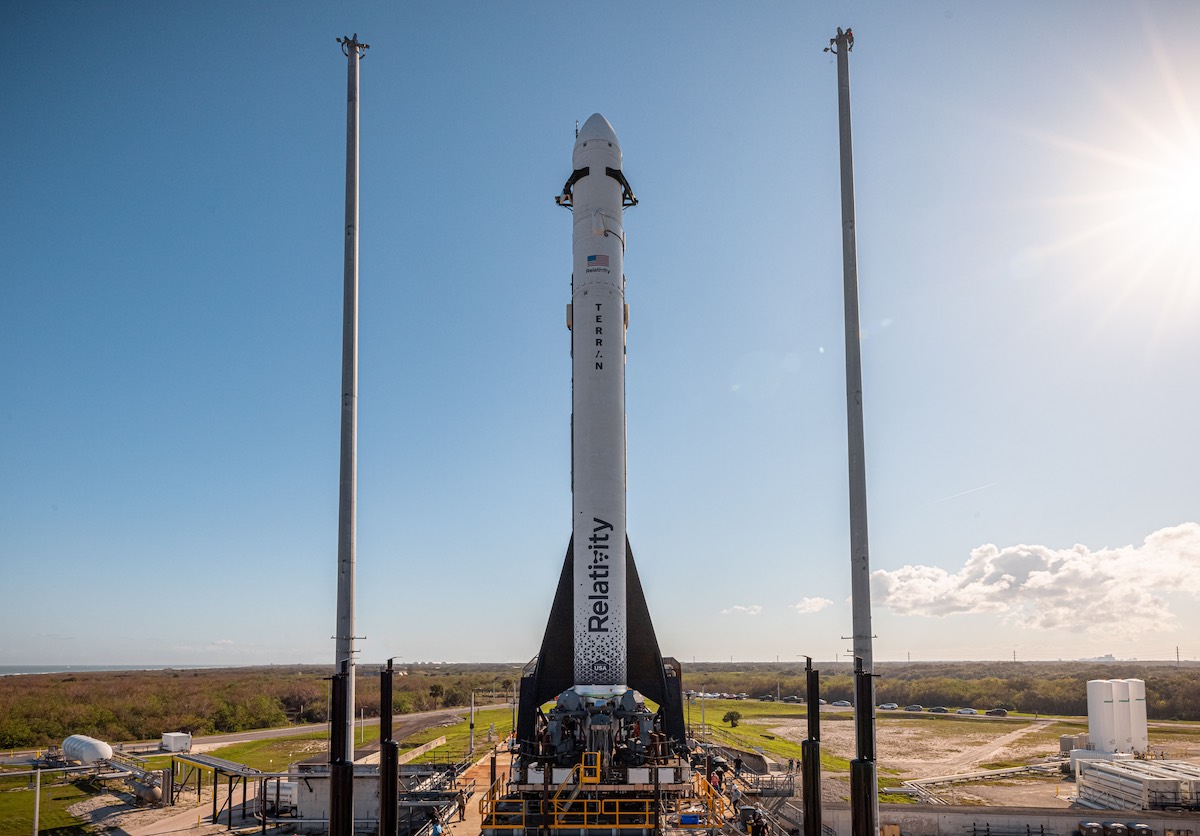Stoke Space, a trailblazing startup in the field of rocket design, has achieved a significant milestone in its mission to develop a fully reusable launch vehicle. The company recently completed a crucial test of its second stage prototype, named “Hopper2,” bringing it closer to realizing its ambitious goal.
Key Takeaway
Stoke Space has completed a crucial test of its second stage prototype, demonstrating the viability of its unconventional engine design and its ability to control the vehicle using innovative techniques.
Achieving Vertical Landing
During the 15-second test flight, Hopper2 soared to a height of approximately 30 feet before gracefully landing. This test flight was instrumental in evaluating the vehicle’s avionics, software, and ground systems, as well as the performance of its unique oxygen-hydrogen rocket engine. What sets Stoke’s second stage engine apart is its integration within the vehicle itself, functioning as a distributed system with thrusters encircling the circumference of the stage, in contrast to traditional nozzled engines.
“The entire test program was centered around the engine design concept,” explained Andy Lapsa, the co-founder and CEO of Stoke Space. “We aimed to determine if this idea holds true and if we can successfully control the vehicle using these innovative techniques. The resounding answer to all our questions is a resounding ‘yes’.”
The recently concluded flight took place at Stoke’s test facility near the Grant County International Airport in Moses Lake, Washington. With this milestone achieved, the Hopper prototype development cycle comes to an end. Standing at approximately 6 meters tall and 4 meters in diameter without a payload fairing, the architecture of the vehicle is now essentially finalized.
Stoke Space’s focus now shifts towards expanding the rest of the orbital system, which includes developing the first stage, first stage engines, ground systems, and launch complex. The company was allocated Launch Complex 14 by the U.S. Space Force earlier this year. This endeavor poses significant challenges for the company, which currently employs around 90 talented individuals.
“Our journey began with deciphering the blueprint of a fully reusable upper stage and space vehicle,” Lapsa explained. “We strongly believe that before constructing the rest of the vehicle, understanding this critical aspect is essential. Hence, our primary emphasis has been on perfecting the reusable second stage.”
Since its establishment in 2019 by industry veterans Andy Lapsa and Tom Feldman, Stoke Space has made remarkable progress. Both founders had prior experience at Blue Origin before embarking on their independent venture. Over the past four years, the company raised approximately $75 million in funding, with a notable $65 million Series A financing round led by Bill Gates’ Breakthrough Energy Ventures. Stoke Space has built its 21,000-square-foot manufacturing facility and testing infrastructure from the ground up.
If all goes according to plan, Stoke aims to conduct its first orbital flight test by 2025. Lapsa expressed determination in reaching this milestone, stating, “We are pushing really hard to get to orbit by 2025. There are exciting opportunities along the way, even before that target date. We will take a step back, recalibrate, and solidify our plan. Rest assured, we have a plan. We will gather more momentum and then continue to achieve additional milestones.”







